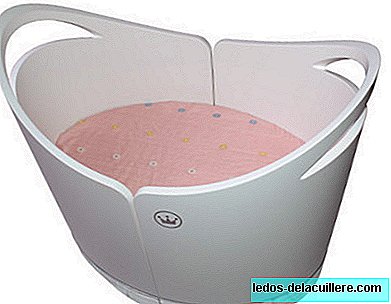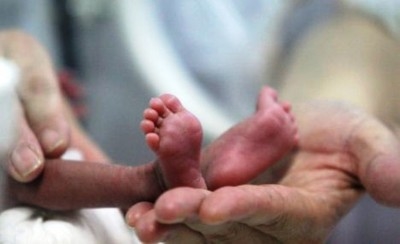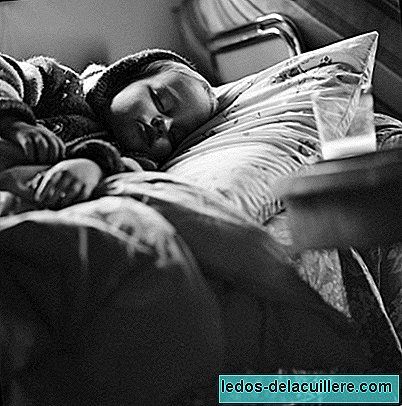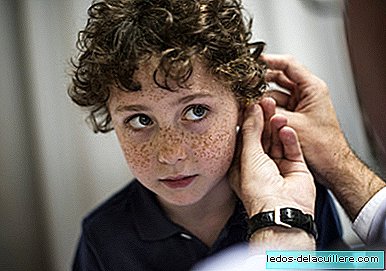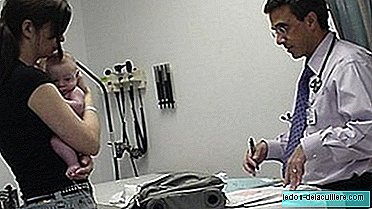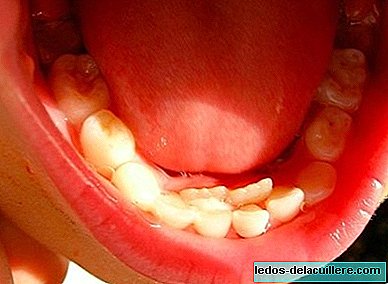
We have already seen that baby teeth usually fall naturally after the child's five years, when the final teeth start to appear. But, How do the final teeth come out? Where do they appear?
We can say that in many occasions permanent teeth occupy the hollow of its predecessor, although being larger sometimes they leave where can they. If the tooth that is still in the gum has not pressed enough down to the baby teeth, they can both remain, forming two rows of teeth.
In this case, a picture is worth a thousand words, and in the picture above we have an example in which milk teeth (external) and definitive coexist.
Although, as we say, it is not usual to keep two rows of teeth, because milk usually fall before the permanent ones leave. In general, between five and six years we observe an increasing mobility of the lower central incisors (the first ones that usually fall), until the first fall of a milk tooth occurs.
But the image shows how the definitive teeth do not come out exactly where milk is located, but rather displaced.
The definitive dentition must be placed in a mouth that previously housed fewer and smaller teeth., in general occupying the space left by them. But, despite the fact that the mouth has been growing to adapt to this new situation, it is not uncommon for the teeth not to be well aligned. Then comes the time for orthodontics, although that is another story ...



